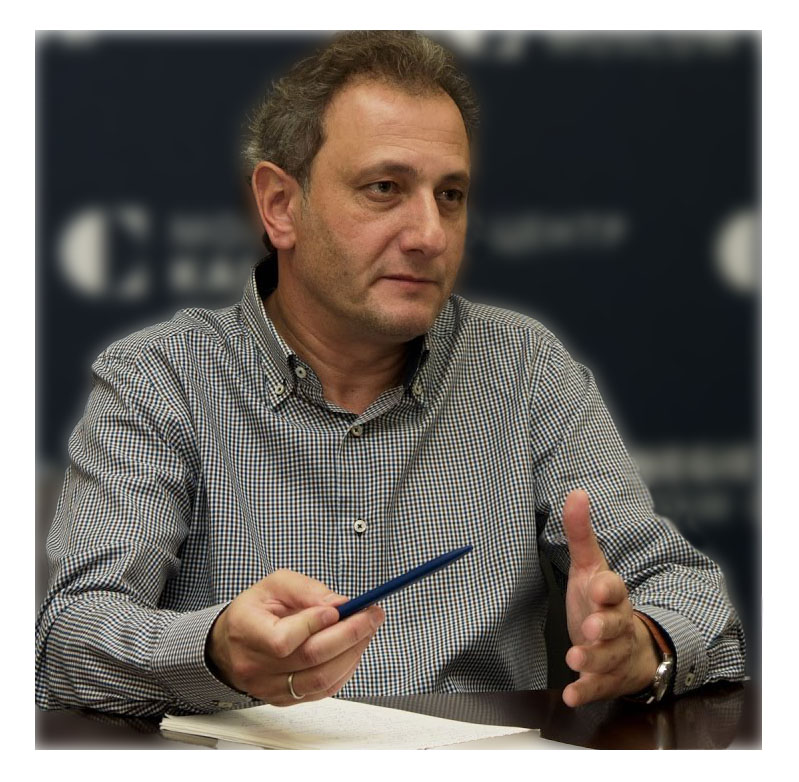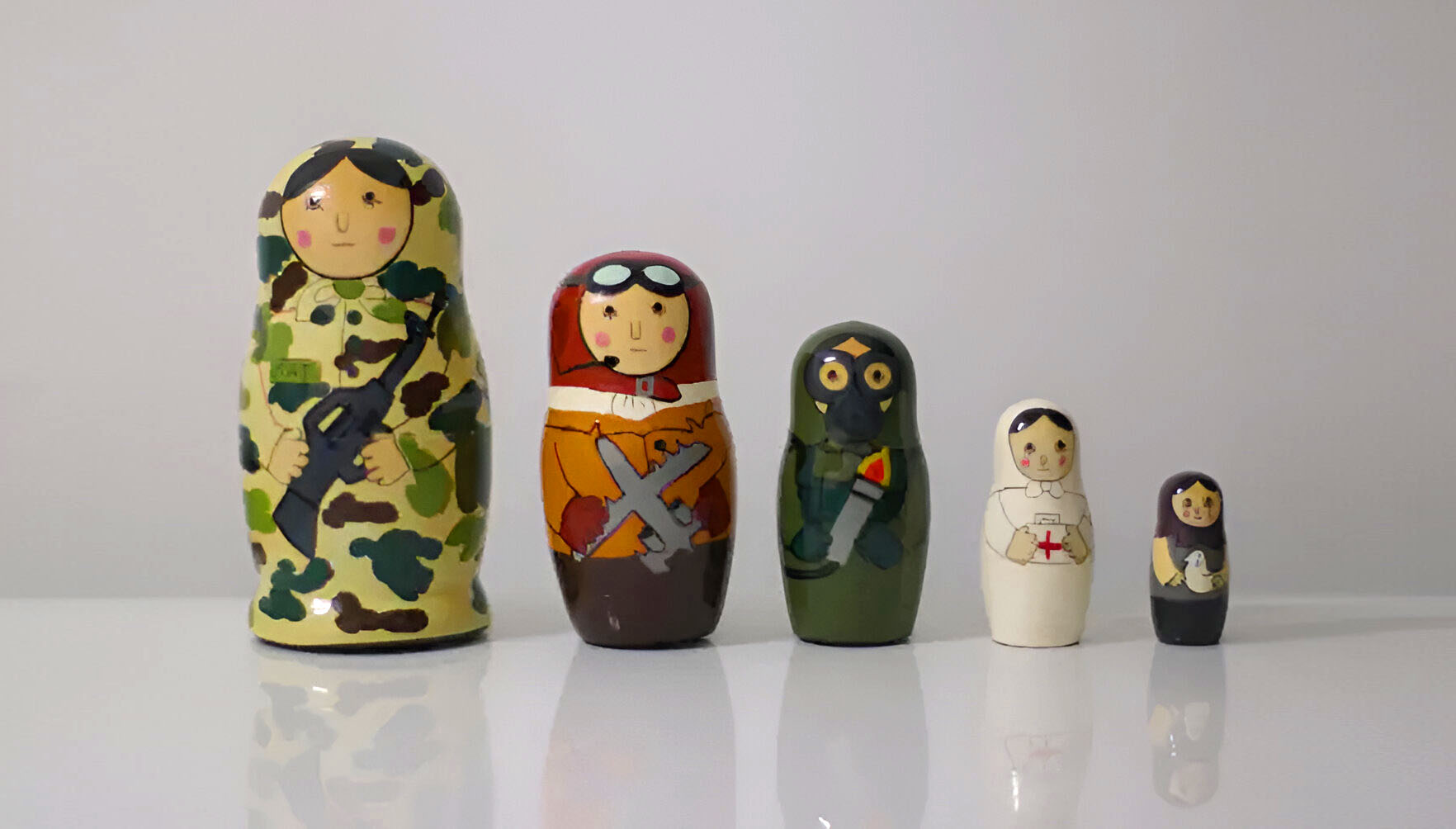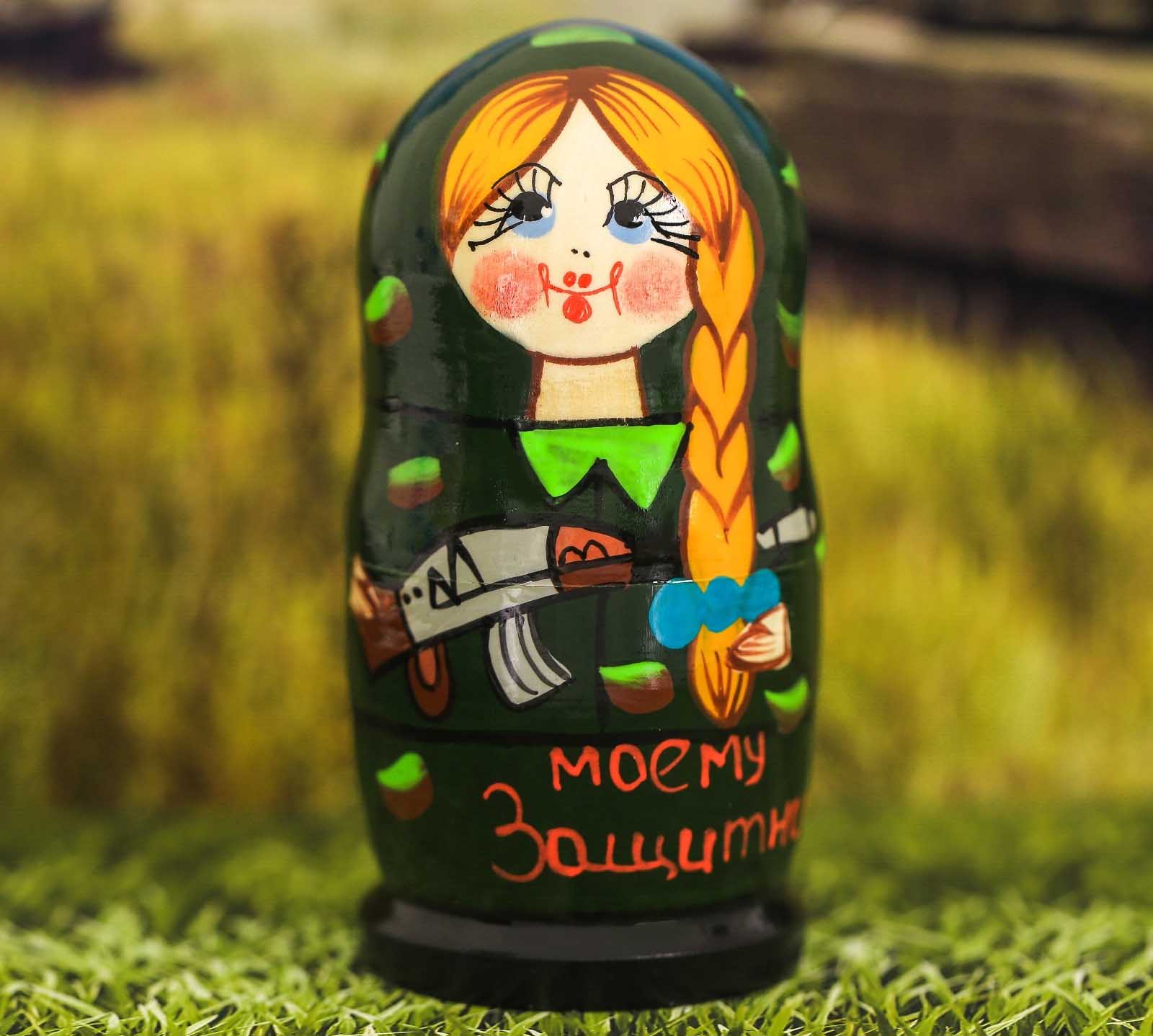I will feast
On grainy caviar,
Catch live sturgeon,
Ride a troika
Over the Volga River
And run to the collective farm
For raspberries!
Samuil Marshak, «Mister Twister», 1933
 «National-oriented visual code of the country»; «to form a visual environment that will reflect national identity and strengthen Russia's cultural sovereignty»; «formation of a new Russian style in the field of state visual communications», «developments in the field of visual communications based on traditional values, writing, calligraphy, ornaments, and other elements of Russia's cultural heritage».
«National-oriented visual code of the country»; «to form a visual environment that will reflect national identity and strengthen Russia's cultural sovereignty»; «formation of a new Russian style in the field of state visual communications», «developments in the field of visual communications based on traditional values, writing, calligraphy, ornaments, and other elements of Russia's cultural heritage».
After all, old Montesquieu was not wrong in believing that doux commerce, «sweet commerce» softens manners: the desire to earn or simply manage budgets directs the spirit of profit into a rational and non-malicious channel, distracting from wars and geopolitics. It's one thing to compose slogans in the field of biopolitics like «Join YOURS», quite another to develop a «new national style» based on matryoshka-lubok images, ensuring, as noted by the president's cultural advisor Yampolskaya E. A., that the balalaika lubok and sprawling cranberry work «with 360-degree coverage». And designers and artists will have something to earn from—not all the famous sculptors need to attach heads of representatives of the pantheon of mythologized Russian history like Prince Vladimir to the unified body of Lenin-Stalin. On this universal torso, there could be the head of either Dzerzhinsky, or Alexander Nevsky, or Trotsky—depending on which regime is in power. And now they can work on a kind of «Beryozka» ensemble and earn so much money that they could splurge in the former «Beryozka» store, if it had survived.
All this is very reminiscent of the work of the old Soviet «Intourist», attracting the foreigner, Mister Twister, with a lacquered glossy «Russia», which had little in common with Russia, or rather, the real Soviet Union. Lacquering and gloss rest on mythologized notions of culture and history, and in particular about a completely unique sovereign path dictated by an inexorable cultural code that cannot be measured with a common yardstick.

At the very same time when advisor Yampolskaya, director of the national center «Russia» N. Virtuozova, deputy head of the presidential administration department V. Zharich were discussing the 360-degree advance of lacquered-glossy lubok, A. Kharichev, head of one of the Kremlin departments, published an equally matryoshka ideological article «Civilization «Russia», grouping a number of ideologemes, including, of course, the very same unsolved Russian code, as well as such truly Russian properties as, for example, the cult of heroic death:
«...We more easily than others give our lives for high goals because we are deeply convinced that the true pursuit of a high ideal is achieved not through comfort, but through sacrificial devotion...»
It is interesting whether this component of the sovereign code will be reflected in the promised national-oriented visual space of the country?
Penal servitude, political investigation, sophisticated torture, denunciation—is this our historical heritage part of the cultural and visual national-oriented code? This, like the notions of a special path and messianism of this particular nation, is not a unique property of Russian history and ideology. Scratch a Portuguese or a Romanian, refer to the historical circumstances of France or the Netherlands—you will find the same thing. Everyone has their own exceptional special path, messianism, aspirations to fight, conquer, and colonize, to bring the light of their spirituality to the world. This is the meaning of universal, not traditional values, «rules established by no one knows who» (as our leaders say), that they restrain wild expansionist instincts and sedate archaic notions of their own pride.
National-oriented visualized patterns and codes («all these words don't exist in Russian») are instrumental political technology and a collection of fictional beings. For some reason, the cultural code of the country, by the way, multinational and multiconfessional, allows for the public cutting off of ears of a person who does not even have the status of a suspect, or a grave silence when a person's body is thrown into the square for public display and desecration. Whether this person is bad or good is another question—there are norms of treatment with one's kind, for which humanity has developed ethical and legal principles. Civilization is restraint, not tearing rags on the chest with the assertion of one's unique spirituality and non-acquisitiveness. Especially since all these tales are invented by people not noted for non-acquisitiveness and high spirituality, not to mention mercy.

«Unique adaptability», attributed to the «state-forming» Russian people (what about the codes of the Tatar, Bashkir, Chechen, Kabardian, Jewish, Tuvan, Nenets, Ukrainian (by the way) and other peoples inhabiting the Russian Federation?), manifests itself precisely in state ideological exercises. As soon as the first outlines of an economic deal with the Trump administration began to dawn, the United States lost in the explanatory work with the population the features of Satan. The elites adapted to the new reality because it smelled of good money, «toxic», but so desired dollars.
Now it is not the world backstage standing behind any «anti-Russian» statement and action, not the despised «Anglo-Saxons» and even more so not the Europeans, the war arsonists, but the freedom-loving allies of Russia. Just as history explained the malice of the USA, now historical examples show the fundamental differences between the States and Europe and, attention, the possibility of a USA and RF alliance in the fight against the evil of «Eurofascism».
This is now a new propaganda setting, formulated in such a rich ideologically news-filled past week by representatives of the Foreign Intelligence Service. In a press release with references to unnamed experts and a demonstration of historical examples, it is told about the historically conditioned «destructive role of London in the Ukrainian conflict». «Paris» also gets its share. Peculiar historical analogies are drawn:
«...It is noteworthy that during that Crimean «expedition» (meaning the Crimean War. — A. K.) the Anglo-French troops bombed Odessa, devastated Yevpatoria, Kerch, Mariupol, Berdyansk, and other cities of Novorossiya, which the West today calls Ukrainian. These same cities and villages were mercilessly destroyed by German fascists during the Great Patriotic War...»
Replacing the «Anglo-Saxons» are new duty officers of historical mythology—the «Anglo-French». And here's what else is found out:
«...Experts remind that in the past there were moments when Washington and Moscow became partners in countering London and Paris on the international stage...»
However, in the past, there were moments when for various reasons Moscow (and often still St. Petersburg, to be fair) became a partner of both London and Paris.
Who are they telling all this to? The collective West, which now, it turns out, is not collective—does Satan change nationality? To the internal audience, the «deep people», who mostly don't care about all these sophisticated absurd exercises from a high national-oriented encoded bell tower? To themselves—for reporting?
The result is a country crippled by messianic ideology and mythology, lost among three pines in the expanses of the «returning» empire.
«...The space depresses, attracts, alarms me,
it is like promises to a blind man on a shaky porch:
now white, red, gray, then suddenly orange,
or blue... but black at the very end...»
This is Bulat Okudzhava, 1995. He already saw all the shades of this national drama back then.
* Andrey Kolesnikov is considered a «foreign agent» by the Ministry of Justice of the Russian Federation.
Photo: sima-land.ru, flickr.com/photos/tamakisono/531582453